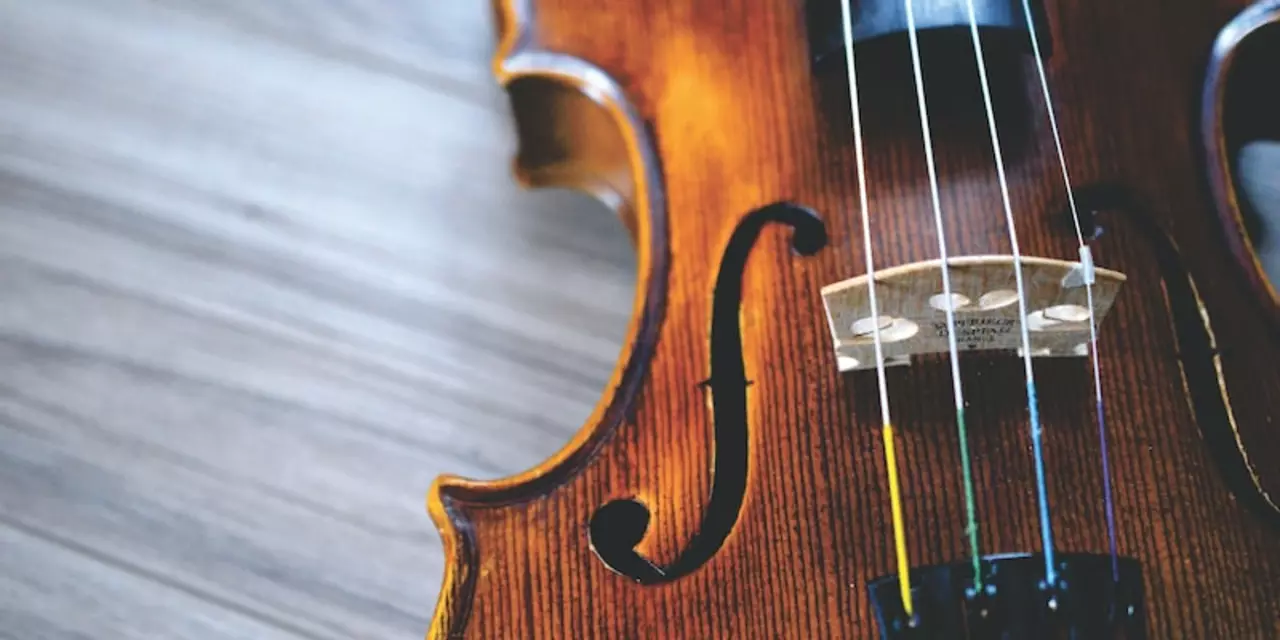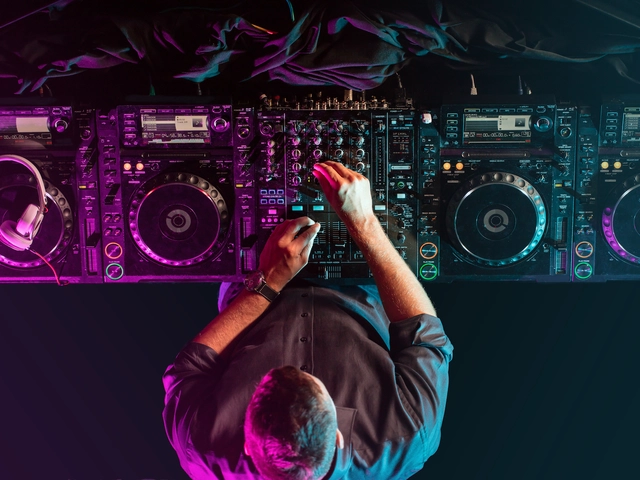Royalty Free Music: What It Is and Why It Matters
If you’ve ever needed a soundtrack for a video, a podcast, or a game, you’ve probably heard the term “royalty free music.” It simply means you can use a track without paying the creator every time the piece is played. You still pay once (or sometimes not at all), but after that you’re free to add it to any project – no extra fees, no surprise bills.
People often mix up “royalty free” with “free.” The two aren’t the same. A royalty‑free track can cost $5, $20, or even $100, but once you buy it you can reuse it as many times as you like. Free tracks are truly free, but they might come with stricter rules or require attribution. Knowing the difference saves you from accidental copyright trouble.
How to Choose the Right Royalty Free Track
First, think about the mood you need. Is it upbeat, moody, cinematic, or chill? Most royalty‑free libraries let you filter by genre, tempo, and vibe, so you can narrow the list in seconds. Next, check the license details. Look for clauses about commercial use, modification, and whether you have to credit the artist. If the license says “all‑rights‑reserved” for commercial projects, you’ll need a different track.
Another tip: download a short preview and test it in your project before you commit. A song that sounds great on its own might clash with voice‑overs or sound effects. Play it alongside your video or podcast to hear how the levels match. Small adjustments now prevent a re‑edit later.
Top Places to Download Royalty Free Music
There are a handful of sites that consistently deliver high‑quality, royalty‑free tracks. YouTube Audio Library offers a large selection for free, but you must follow attribution rules on some songs. Incompetech and Free Music Archive also host free tracks with clear licenses. For paid options, sites like AudioJungle, PremiumBeat, and Artlist let you buy a single track or subscribe for unlimited downloads. All of them provide clear license PDFs, so you can prove you have the right to use the music.
When you find a track you like, save the license file with your project files. If a client ever asks where the music came from, you’ll have the proof ready. It’s a simple habit that protects you and keeps your work professional.Finally, remember that royalty‑free doesn’t mean you can ignore the creator’s rights. Use the music exactly as the license says, give credit when required, and avoid reselling the raw track as your own. Follow these rules and royalty‑free music becomes a powerful tool – you get a polished soundtrack without draining your budget.
This article discusses the different options available for finding royalty free music for games. The article explains that there are free and paid versions of royalty free music, and it outlines where to find them. It also provides tips on how to choose the right music for the game. In short, several sites are available for finding royalty free music for games, such as YouTube, SoundCloud, and BeatPick. Additionally, users should consider factors such as the cost, quality, and genre when selecting music for their game.
Read more





